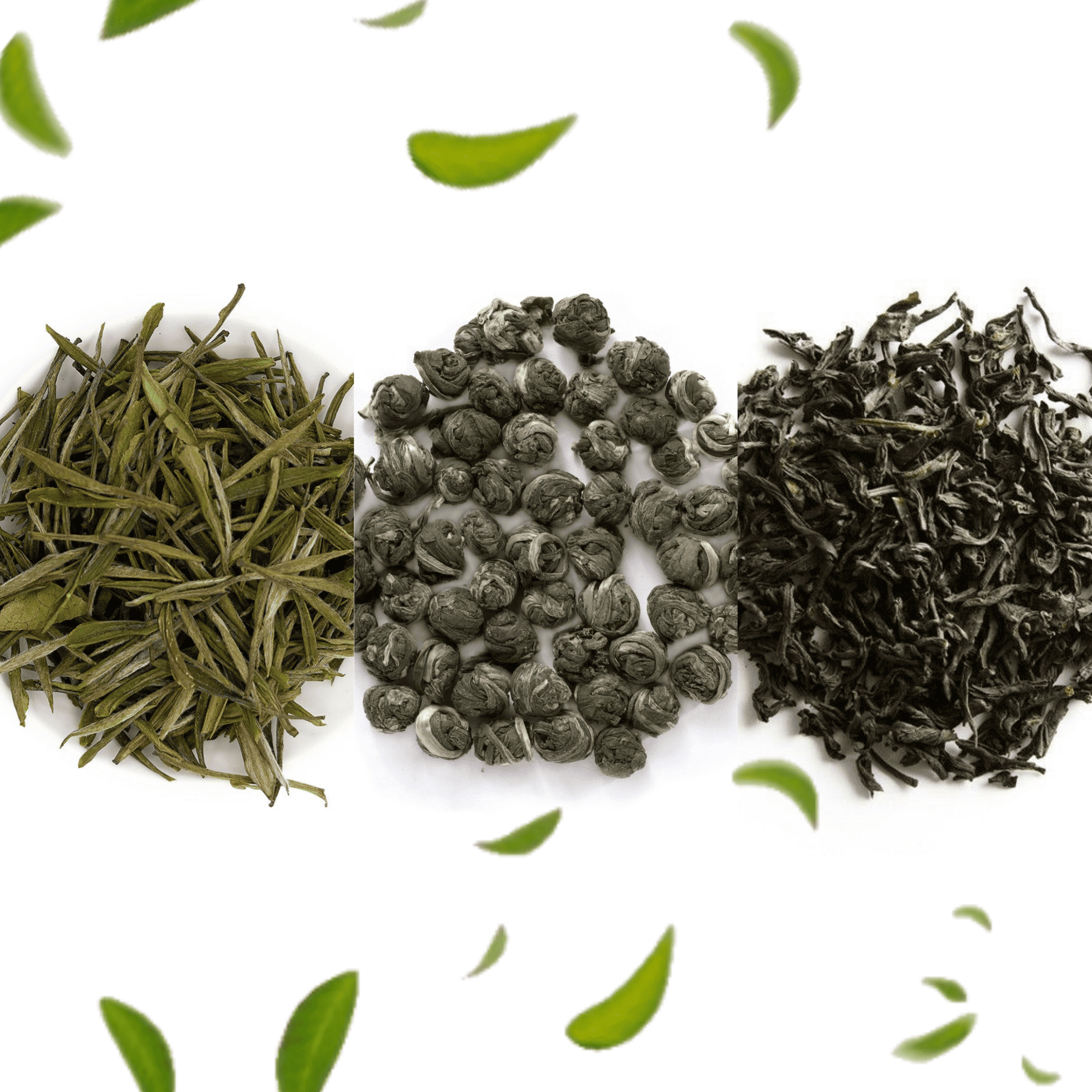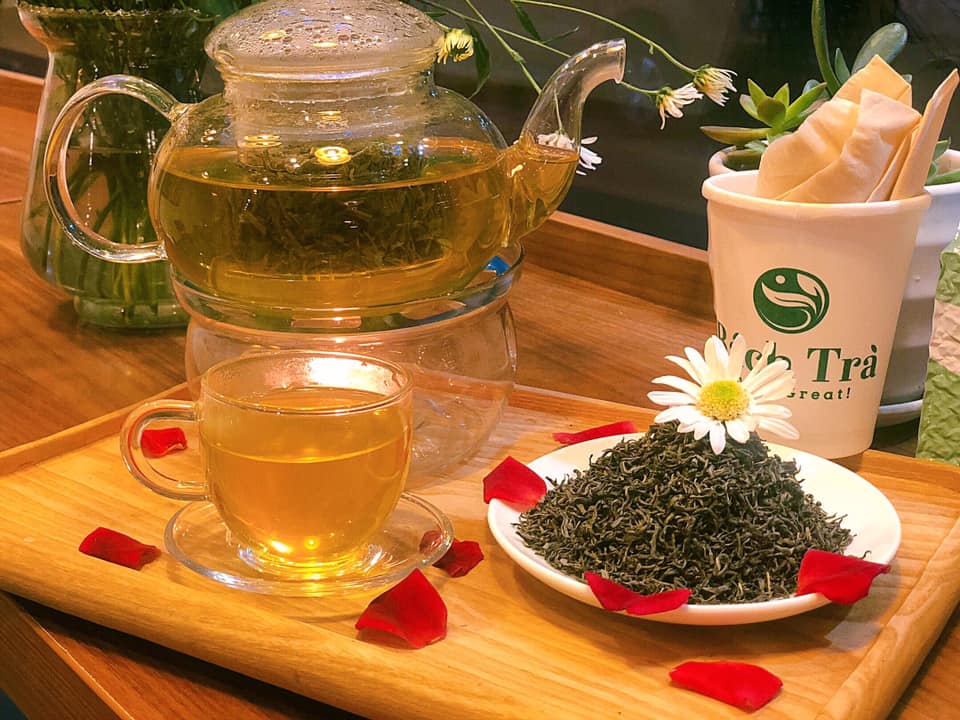1) Overview
Leaf morphology after processing directly influences extraction kinetics during infusion, thereby affecting aroma intensity, body, and flavor persistence. The three most prevalent forms are:

-
Needle-shaped: slender, straight buds/leaves with minimal cellular disruption.
-
Rolled (pearl): leaves tightly rolled into compact, uniform pellets (e.g., Gunpowder Green, Jasmine Dragon Pearls).
-
Twisted (strip): elongated leaves shaped into loose spirals or curls.
2) Impact on Sensory Characteristics
-
Needle-shaped:
-
Extraction: gradual, controlled, due to limited surface exposure and low cell breakage.
-
Sensory profile: clean, refined liquor with light-to-medium body; long, transparent aftertaste. May present slight astringency if over-brewed with excessively hot water, as catechins are released more slowly.
-
-
Rolled (pearl):
-
Extraction: unfurls progressively, releasing flavor in stages, allowing multiple infusions.
-
Sensory profile: layered, well-balanced taste; aroma is durable and persistent. Particularly suitable for scented teas (e.g., jasmine) due to controlled release of volatile compounds.
-
-
Twisted (strip):
-
Extraction: relatively fast, as the larger surface area is directly exposed to water.
-
Sensory profile: brisk, pronounced liquor with medium-to-full body; favored by consumers who prefer teas with clear, robust character.
-
3) Industrial & Commercial Applications

-
Needle-shaped:
-
Positioned as premium loose-leaf teas; ideal for glassware/gaiwan brewing where visual appreciation of leaf integrity complements flavor; caters to connoisseurship markets.
-
-
Rolled (pearl):
-
Advantageous for consistency, durability, and transport stability; optimal for high-end sachets and jasmine-scented teas. Also suitable for RTD or cold brew formulations, where slow, stable flavor release is desired.
-
-
Twisted (strip):
-
Highly compatible with foodservice and blend applications requiring fast extraction. Common in sachets, instant, and milk tea bases, ensuring a quick release and robust profile in short brewing times.
-
4) Conclusion
Leaf morphology serves as a technical anchor in designing tea experiences:
-
Needle-shaped → refined, clean, long-lasting aftertaste.
-
Rolled (pearl) → controlled release, durable aroma, versatile applications.
-
Twisted (strip) → rapid extraction, bold character, efficient for blending/foodservice.
Understanding morphological impacts enables businesses to match product form with consumer expectations — from luxury loose-leaf portfolios to convenient RTD beverages — while also optimizing production and distribution strategies.
